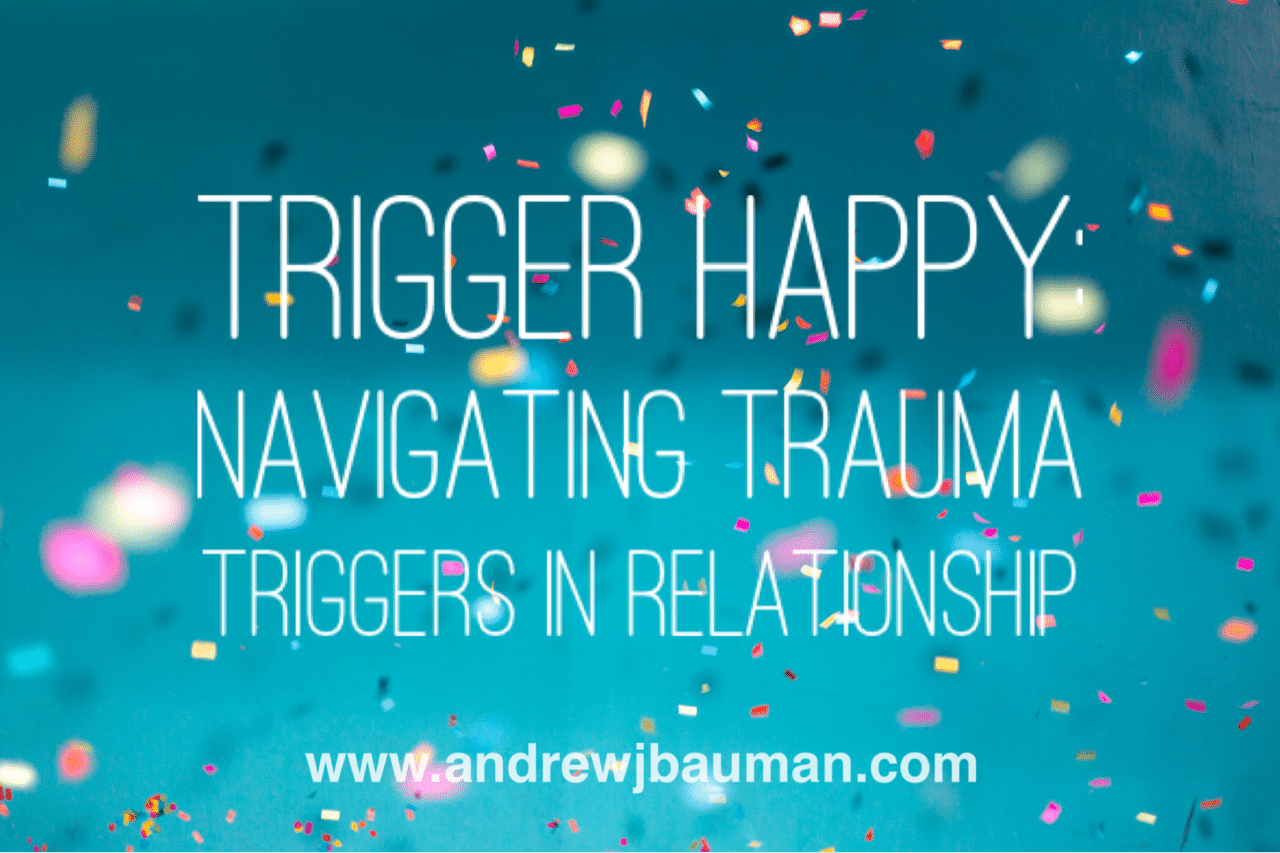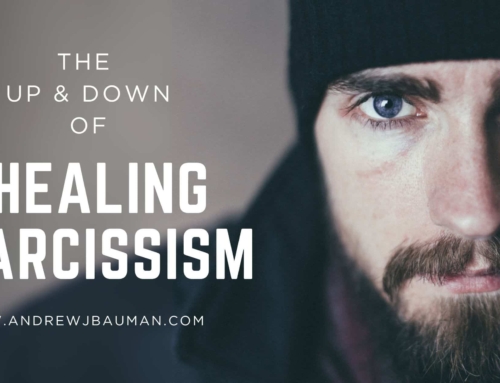At our counseling center, we deal regularly with trauma triggers in relationships. Relationship coach Kyle Benson defines a trigger as “an issue that is sensitive to our heart—typically something from our childhood or a previous relationship.” Another way I like to define this concept is as a trauma response. Many times we learned these responses to help us cope with traumatic situations. The truth is, these coping strategies worked when we were young and even helped us survive trauma, but are now hindering our ability to have a healthy relationship. Triggers create relational landmines. These landmines grow from unprocessed and unhealed wounds in our story and create tender places within us that can cause us to overact or project unfairly onto our partners. It’s vital that we learn how to navigate these dangerous fields within ourselves and with our partner. These landmines are common in relationships, and depending on your emotional health or your partner’s, they can be plentiful or few, but they can wreak havoc if not tended to properly.
Mona DeKoven Fishbane writes in her book Loving with the Brain in Mind: Neurobiology and Couple Therapy, “The amygdala is constantly scanning for danger and sets off an alarm when a threat is detected; this alarm sends messages throughout the body and brain that trigger fight-or-flight behavior.” In addition to triggering fight or flight, this alarm in our brain also causes two lesser-known trauma responses, freeze or fawn. (The graph below from @AnandaHealingProject provides more info on each response.)

Navigating Your Own Triggers
Be aware of your trauma responses. What are you prone to do when you are triggered? Do you rage, attempting to power over your partner? Do you become busy and anxious? Do you go silent and avoid confrontation? Or do you become needy and over-apologetic? These are all examples of Fight, Flight, Freeze, and Fawn. Take a moment to locate yourself in these four categories and write a page about how you engage in your own triggers when they arrive. Here are some practical steps to help with de-escalation.
Practical Steps to De-escalation
- Check-in with your own body. Breathe, place a hand over the place in your body where you feel your anxiety/fear.
- Maintain eye contact with your partner. Try to stay aware of your partner’s humanity. They are not the enemy, and they are not your primary abuser. Keep this in mind as you are working through your trigger.
- Take a time-out if need be. Take a break, allow your amygdala a chance to calm down, write about the experience, go shoot hoops, play guitar, or go for a walk in nature. This will give you a chance to slow down and reorient.
- Get feedback from trusted friends and advisors. Community is so important. If you make yourself known and are vulnerable, you can lean on other trusted folks, allowing them to speak into what they see.
- Do therapeutic work to heal your trauma response. Your triggers are your responsibility. Sadly, one of the curses your abuser left you with was this trigger. A way for you to break free from his or her control over you is to heal the trauma that is causing you to react and hurt the people you love the most.
Navigating Your Partner’s Triggers
One quick caveat: It is not your responsibility to heal or soothe your partner’s triggers. It is theirs and theirs alone. Yet, because you love them, you can be kind and patient with what is undeveloped within them. Kindness and patience do not mean enabling abusive behavior. You both get to have a full voice, without being aggressive toward each other. Here are some helpful tips on how to navigate when your partner is experiencing a trigger response.
- Name what is happening. With kindness toward yourself and your partner, name what is true. “It seems like this is triggering some deep shame within you.” You are not their therapist, and yet it is important to remain rooted in what is true and not be gaslighted into a power struggle over reality.
- Walk Away. If your partner mistreats you, you must walk away. You can say, “I will be ready to talk when you are ready to engage with respect.” Walking away is not the same as stonewalling if you fully intend to return to dialogue when the trigger is not present. This is a boundary, and it’s vital to maintain a standard of mutual respect when navigating trauma triggers with your partner.
- Be present with them. You can say something like, “I will be with you in this. I will not be mistreated, but I will continue to love you and support you as you go through this healing journey. Because I love you, I will have strong boundaries with your triggers and not allow you to hurt those you love.”






